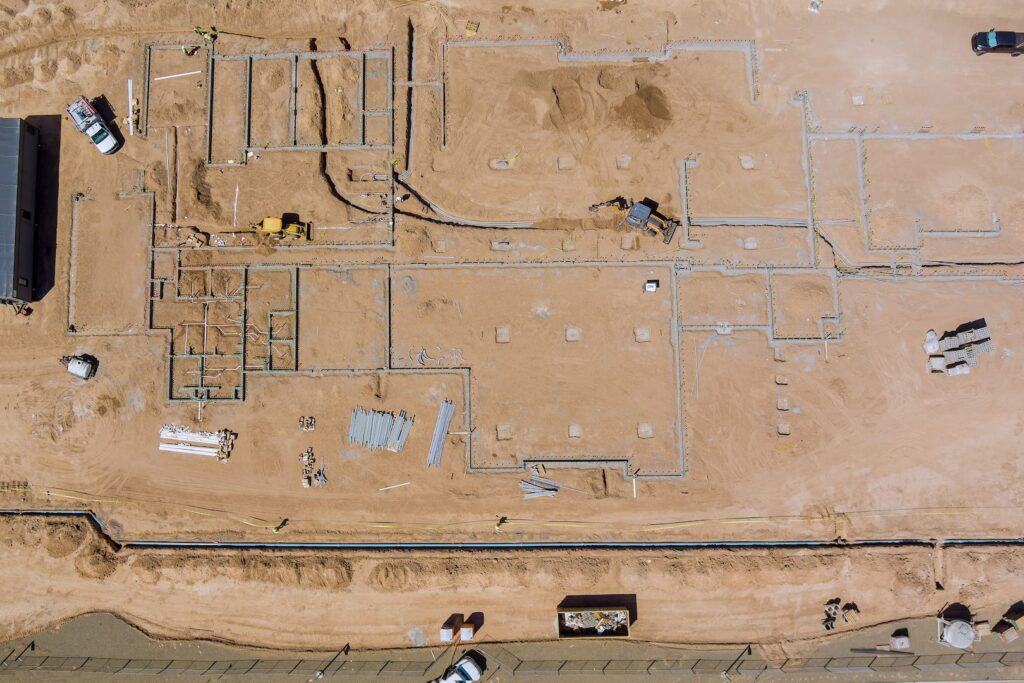There are a lot of details that you will pour over when deciding to purchase land. Whether you’re building the house you’ve always dreamed of for your retirement or purchasing prime land in an up-and-coming neighborhood for a commercial venture, you will need to uncover the market value of the land before you commit to buy it.
While it may seem like there is an easy and modern way to value land, as discussed in part one of this blog, the common methods that most land appraiser use to put a dollar value on a piece of raw or undeveloped land tends to lead to more ambiguity than clarity.
To sum up, there are three approaches to land appraisal. They include the cost approach, the income approach, and the sales comparison approach. While each does not give a good estimation of the value of a lot on its own, when used together, sometimes in pairs or collectively, it can give buyers a good place to start to understand what goes into the decision to price a land at market value.
In addition to these initial valuation metrics, additional features are necessary to determine a more accurate value for a tract of land.
Location
When it comes to assigning a value to land, as any real estate agent will tell you, it’s all about location, location, location. Just as high-value neighborhoods can create a hefty price tag for homes in their community, lots in premium locations can be valued much higher than in other areas. If the vacant lot is located near an upscale mall and quality restaurants, off of a major highway, or in a location that delivers unbeatable views, its value is likely to be higher than a similarly-sized lot in a less desirable location.
Zoning
Understanding what the property is zoned for is a critical factor in the price point. What you will be allowed to use the property for (read: the property’s potential) will affect the price.
Topography
A topographical survey is conducted on any piece of land that is for sale to determine the land’s contours, existing features, trees, utilities, and additional features of the earth that will be built on. These surveys are translated into a topography map which can be read by an appraiser (and you too) to give a rounded idea of the necessary changes that need to be made to accommodate a build, whether residential or commercial.
Local Market Inventory
Have you seen a lot of vacant land for sale in the area? If not, you may be dealing with land scarcity, and that can make the final sale price creep up much higher. Just the same, too much available land can decrease the prices for land in an area.
As you can see, many factors are used to uncover the value of a piece of raw land upon which you may want to build. It is not uncommon for potential buyers to ask for their appraiser for a property valuation, but bear in mind it will be an additional out of pocket expense that may yield identical results to the price the land is currently listed at.
Because these issues are complex and can take months to resolve, many who chose to purchase land rely on a land specialist for accurate, researched, and professional land recommendations. It is a land specialist’s job to know everything there is to know about the market they serve, the current prices, the local market inventory, zoning, and of course, which available local areas are considered high value.







